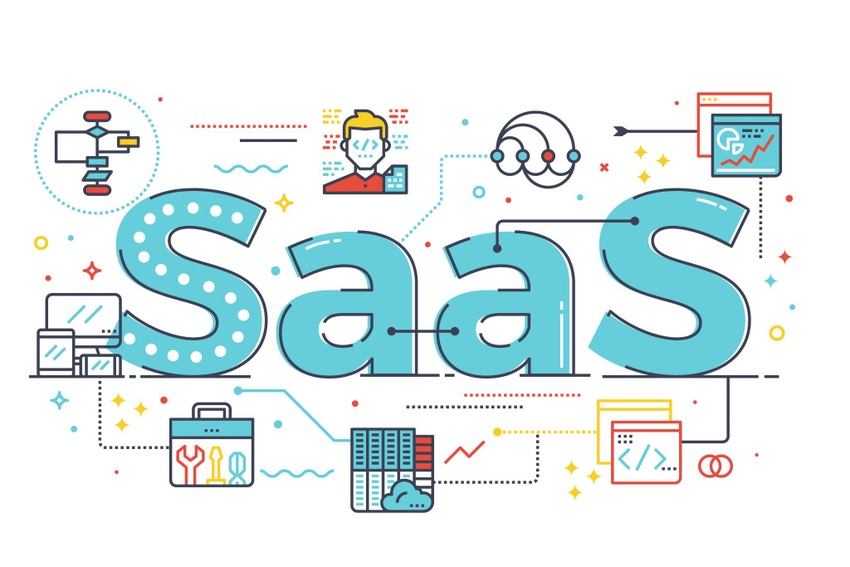The channel is invaluable when it comes to selling your SaaS offer. Learn how to do it right.
July 25, 2018


Ryan Walsh
By Ryan Walsh
As a software-as-a-service (SaaS) product company, the idea of just selling direct to customers can seem alluring. You put up an online store and customers will come, right? Hey, your product sells itself anyway, and this touchless selling experience means more money in your pocket. If you think that this is a good idea, think again.
While selling direct seems logical, it may not yield the results you want. Why? Customers may be leaning on a trusted IT adviser to help them make the decision.
Selling direct might seem like a no-brainer, but there are some downsides to this approach. Let’s look at them:
Reach — Building up an impressive client list is no easy task. Think about how many sales reps will you need to get the reach you want. With tens of thousands channel partners serving the same customers you want to buy your product, leveraging the channel can help you accomplish this goal faster.
Support — Providing your own support reps will take time and money to train. If your product has substantial potential, and you don’t build an adequate support team, it just might become a bottleneck to your success. Selling your SaaS solution through the IT channel gives you access to more support that’s ready to act. Top cloud distributors deliver their managed service provider (MSP) client’s valuable sales, marketing and leadership content.
Brand Awareness — Half of the success in any space relies on product awareness. Building your own brand awareness might be muted if customers ultimately check a source other than your company website to learn more about your product and brand. Think about the power of reviews. This is where the channel lives. Customers will ask channel partners about the products and brands they come across. If your ideal customers’ advisers don’t know your solution exists, sales are likely to suffer.
It’s also critical that you prepare for rapid growth as organizations shift from traditional technologies to their cloud-based counterparts. According to recent research from Techaisle, 80 percent of small-to-medium-size businesses (SMBs) view cloud computing as a driver for business growth.
And remember, you have to give a channel partnership a fair shake. That means making a commitment to selling cloud services through the channel for a minimum of 18 months. Also, take care to craft a positive sales compensation plan, channel-oriented marketing collateral, and a consistent channel presence and message. MSPs can be powerful allies if they trust you are in it for the long haul and you have their back. If you don’t, they’ll know.
Once these foundational elements are in place, here are the next five things to have in place prior to taking your SaaS offering to the channel:
Partner Management Console — Build it and they will come. Being easy to work with is a big part of whether your solution will receive favor from the channel. Imagine a partner having 50-100 customers on average. Accessing each of these accounts individually through separate logins would be a hassle. Having a central management platform in place that makes access and management easy is a must-have.
Billing — Think monthly, not annually. Most organizations struggle with commitment. To overcome long-term contract phobias, consider offering …
… month-to-month options instead of the typical 12-to-36-month contracts. Think about the following to get your solution channel-ready: Support monthly billing terms, enable proration of services, and allow co-termination if longer term subscriptions are desired by customers.
Demonstrate channel commitment. Going it alone can be tough. Without support from the IT channel, you could easily find yourself not only putting in more effort than is necessary, but also struggling to build long-term, trusting and sticky relationships. Harnessing the help of the channel enables you to scale your business faster and more effectively.
Integrate using APIs. To assure that product acquisition and billing is moving at the speed of business, it’s important to provide open application programming interfaces (APIs) to your solution, especially for provisioning and billing. Automation is the key to frictionless product acquisition and usage. Can you deliver: instant provisioning; support moves, adds, changes and cancellations anytime; and automated billing updates?
Seek out partnerships. Finding experts to help you navigate the ever-evolving channel ecosystem is essential. No reason to drive into common potholes and pitfalls. Best practices are out there — use the collective knowledge of your IT community to help you can avoid rookie mistakes, better empower your customers and stay apprised of the direction of the industry.
Ryan Walsh is chief channel officer at Pax8.
Read more about:
AgentsYou May Also Like
